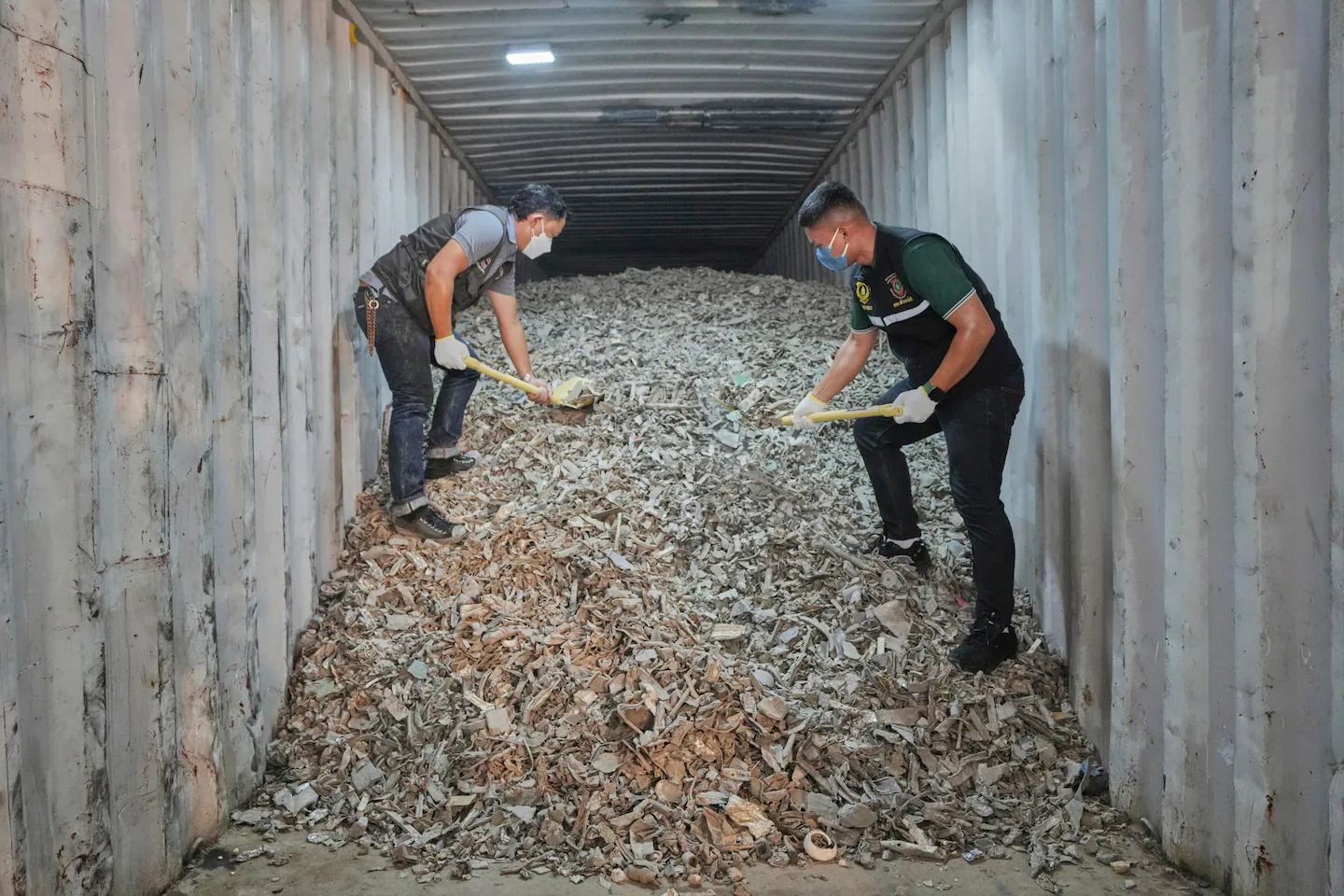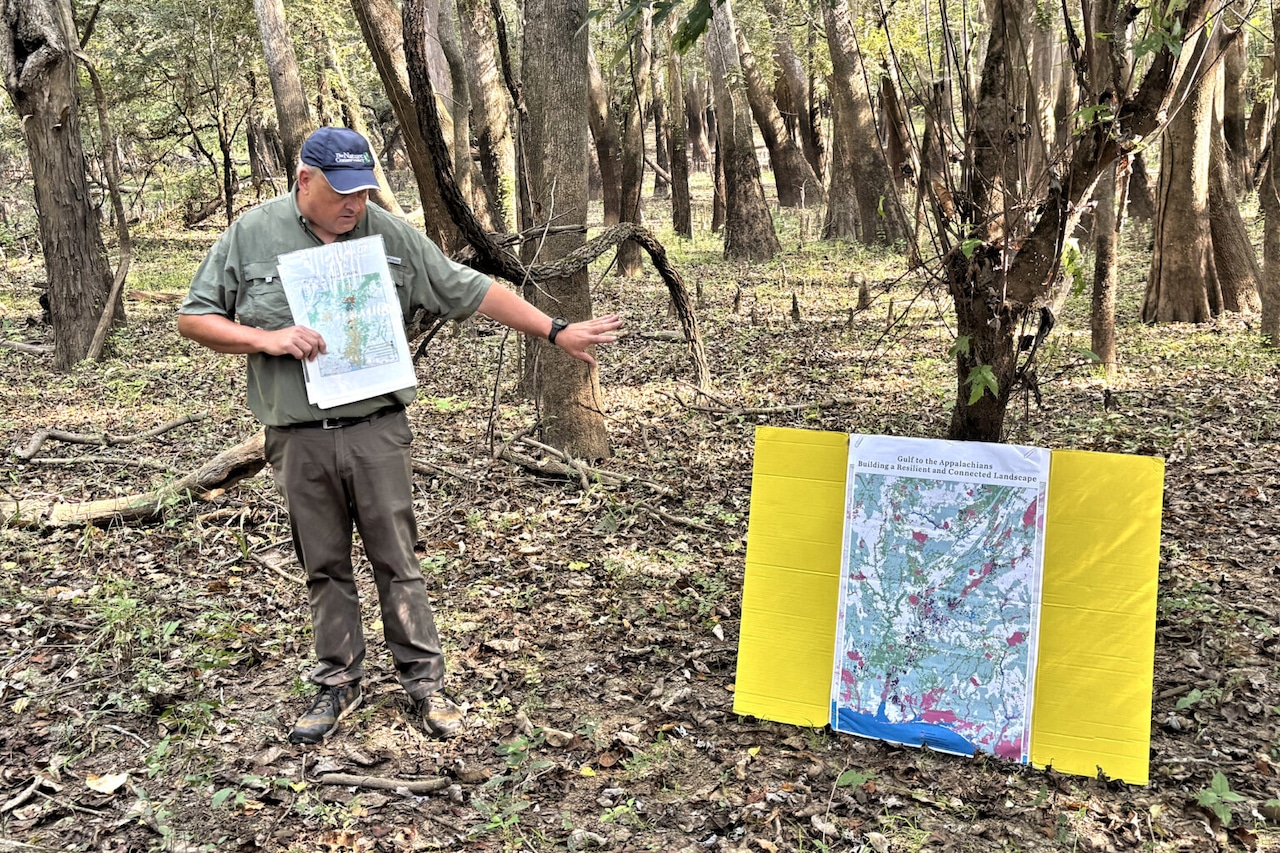Copyright The Boston Globe

Electronic waste, or e-waste, includes discarded devices like phones and computers containing both valuable materials and toxic metals like lead, cadmium and mercury. As gadgets are replaced faster, global e-waste is growing five times quicker than it’s formally recycled. The world produced a record 62 million metric tons in 2022. That’s expected to climb to 82 million by 2030, according to the United Nations’ International Telecommunication Union and its research arm, UNITAR. That American e-waste adds to the burden for Asia, which already produces nearly half the world’s total. Much of it is dumped in landfills, leaching toxic chemicals into the environment. Some ends up in informal scrapyards, where workers burn or dismantle devices by hand, often without protection, releasing toxic fumes and scrap. About 2,000 containers — roughly 33,000 metric tons (36,376 U.S. tons) — of used electronics leave U.S. ports every month, according to the report. It said the companies behind the shipments, described as “e-waste brokers,” typically don’t recycle the waste themselves but send it to companies in developing countries. The companies identified in the report include Attan Recycling, Corporate eWaste Solutions or CEWS, Creative Metals Group, EDM, First America Metal Corp., GEM Iron and Metal Inc., Greenland Resource, IQA Metals, PPM Recycling and Semsotai. Six of the companies didn’t immediately respond to emailed requests for comment. Semsotai told The Associated Press that it doesn’t export scrap, only working components for reuse. It accused BAN of bias. PPM Recycling told The Associated Press it complies with all regulations and accurately handles shipments through certified partners. Greenland Resource told The Associated Press it took the allegations seriously and was reviewing the matter internally. Both said they couldn’t comment further without seeing the report. CEWS said it follows strict environmental standards, but some aspects of where and how recycled materials are handled are industrial secrets. The report estimated that between January 2023 and February 2025, the 10 companies exported more than 10,000 containers of potential e-waste valued at over $1 billion, the report said. Industrywide, such trade could top $200 million a month. Eight of the 10 identified companies hold R2V3 certifications — an industry standard meant to ensure electronics are recycled safely and responsibly, raising questions about the value of such a certification, the report said. Several companies operate out of California, despite the state’s strict e-waste laws requiring full reporting and proper downstream handling of electronic and universal waste. Many e-waste containers go to countries that have banned such imports under the Basel Convention, which is an international treaty that bars hazardous waste trade from non-signatories like the U.S., the only industrialized nation yet to ratify it. The nonprofit said its review of government and private trade records from ships and customs officials showed shipments were often declared under trade codes that did not match those for electronic waste, such as “commodity materials” like raw metals or other recyclable goods to evade detection. Such classifications were “highly unlikely” given how the companies publicly describe their operations, the report said. Tony R. Walker, who studies global waste trade at the Dalhousie University’s School for Resource and Environmental Studies in Halifax in Canada, said he wasn’t surprised that e-waste continues to evade regulation. While some devices can be legally traded if functional, most such exports to developing nations are broken or obsolete and mislabeled, bound for landfills that pollute the environment and have little market value, he said. He pointed to Malaysia — a Basel Convention signatory identified in the report as the primary destination for U.S. e-waste — saying the country would be overwhelmed by that volume, in addition to waste from other wealthy nations. “It simply means the country is being overwhelmed with what is essentially pollution transfer from other nations,” he said. The report estimates that U.S. e-waste shipments may have made up about 6% of all U.S. exports to the country from 2023 to 2025. After China banned imports of foreign waste in 2017, many Chinese businesses shifted their operations to Southeast Asia, using family and business ties to secure permits. “Malaysia suddenly became this mecca of junk,” said Jim Puckett of the Basel Action Network. Containers were also sent to Indonesia, Thailand, the Philippines and the UAE, despite bans under the Basel Convention and national laws, the report added. In countries receiving this U.S. e-waste, “undocumented workers desperate for jobs” toil in makeshift facilities, inhaling toxic fumes as they strip wires, melt plastics and dismantle devices without protection, the report said. Authorities in Thailand and Malaysia have stepped up efforts to curb illegal imports of U.S. e-waste. In May, Thai authorities seized 238 tons of U.S. e-waste at Bangkok’s port seized 238 tons of U.S. scrap at Bangkok’s port while Malaysian authorities confiscated e-waste worth $118 million in nationwide raids in June. Most of the facilities in Malaysia were illegal and lacked environmental safeguards, said SiPeng Wong, of Malaysia’s Center to Combat Corruption & Cronyism. Exporting e-waste from rich nations to developing nations strains local facilities, overwhelms efforts to manage domestic waste and is a form of “waste colonialism,” she said.



